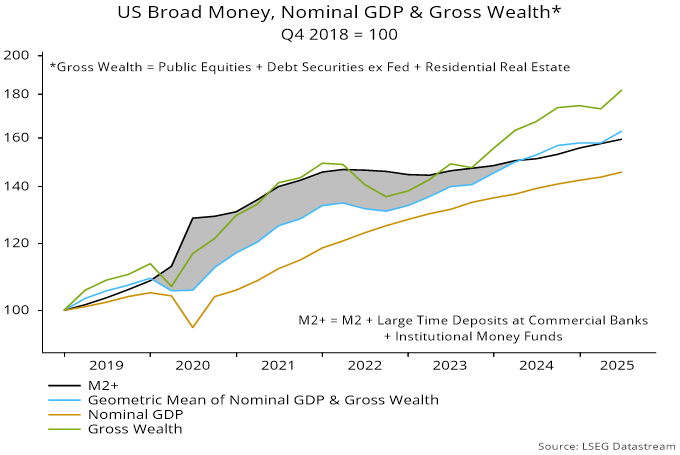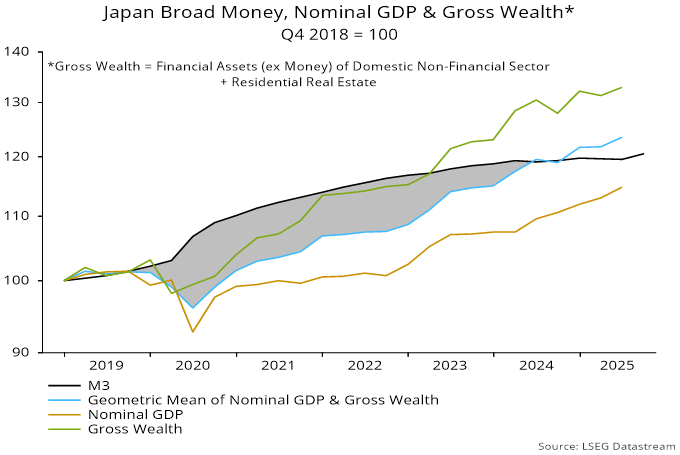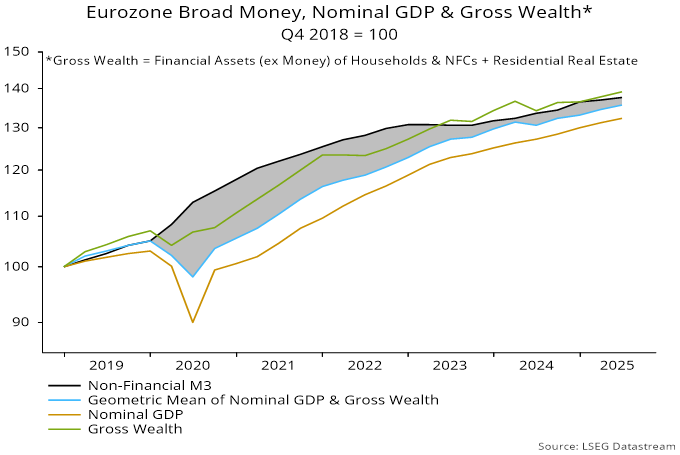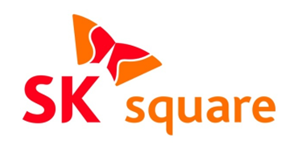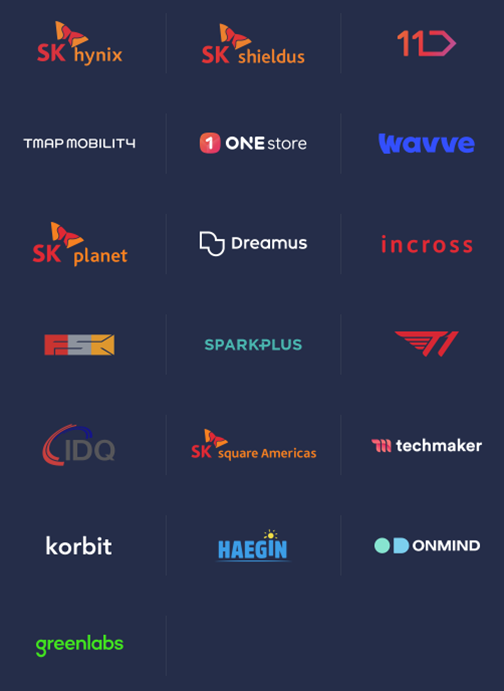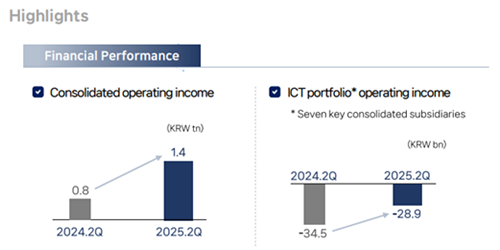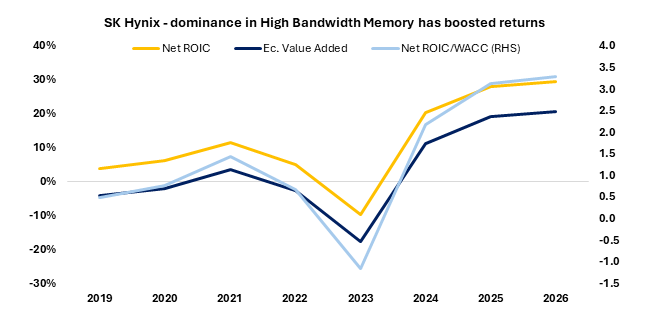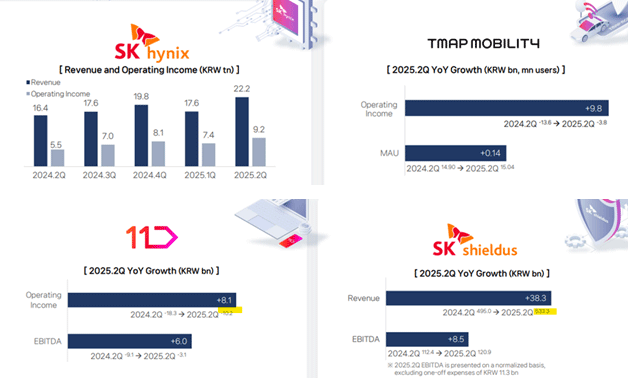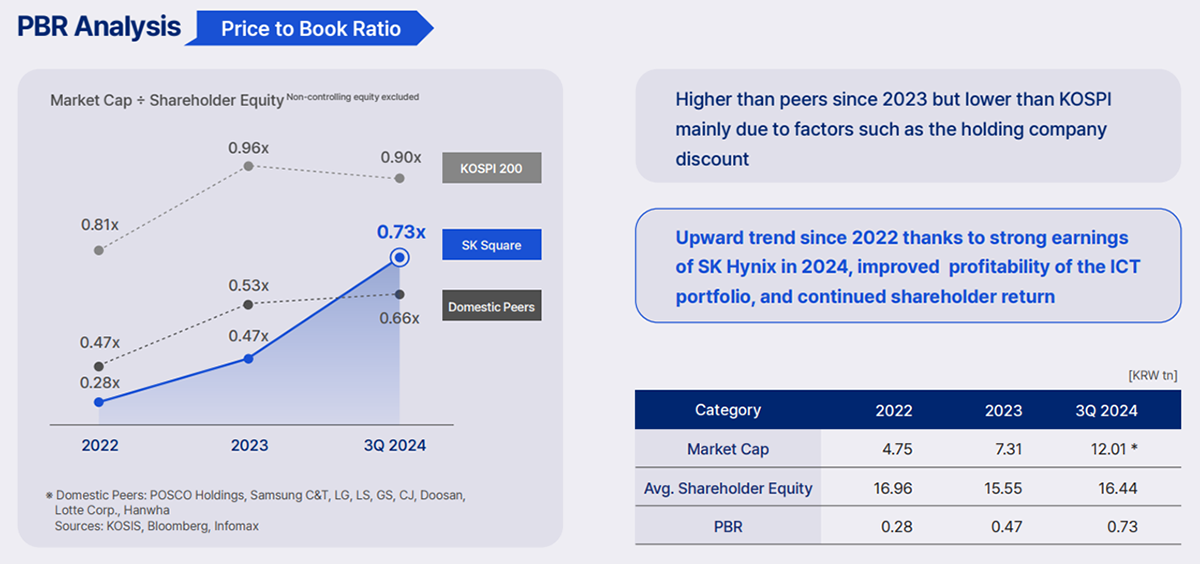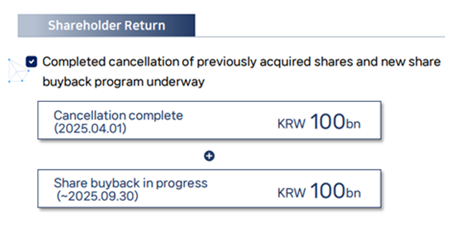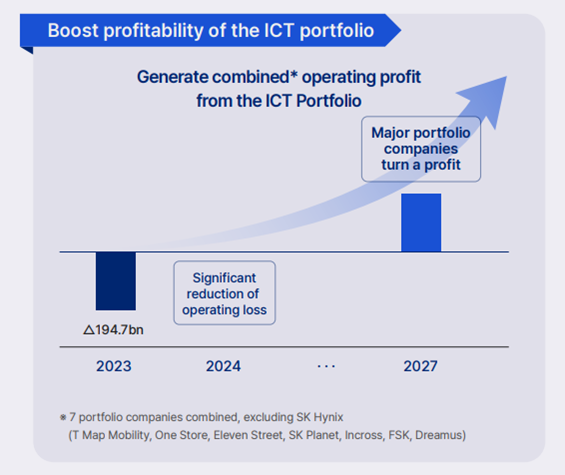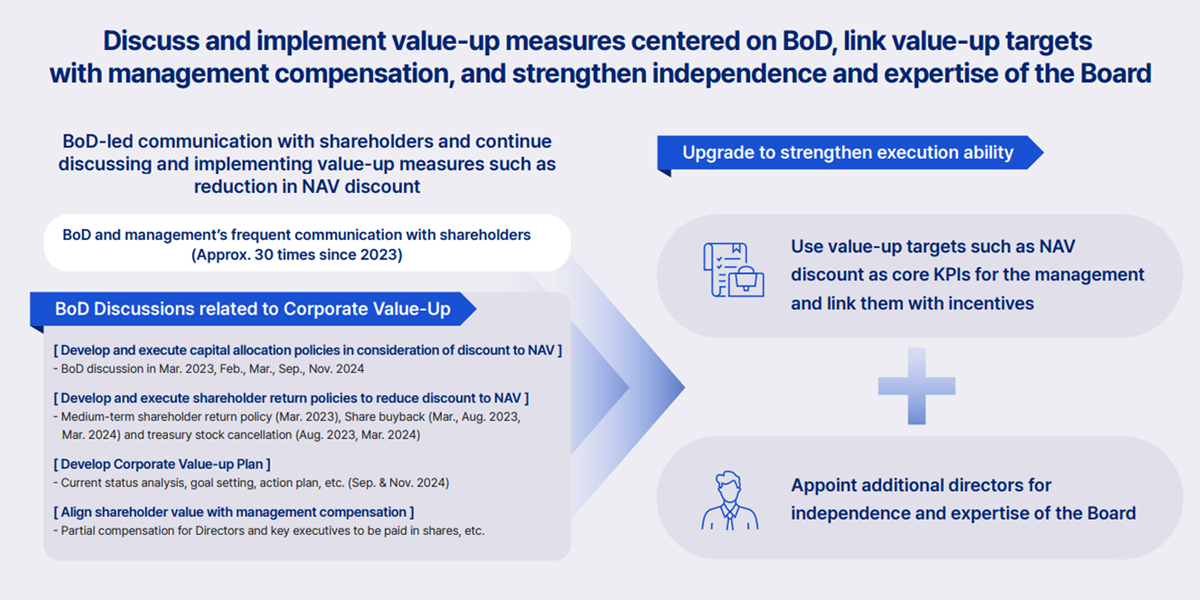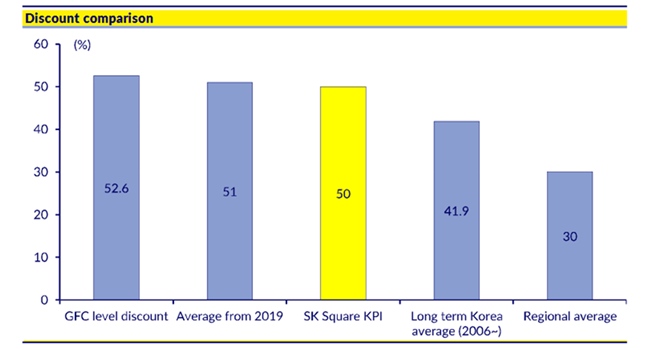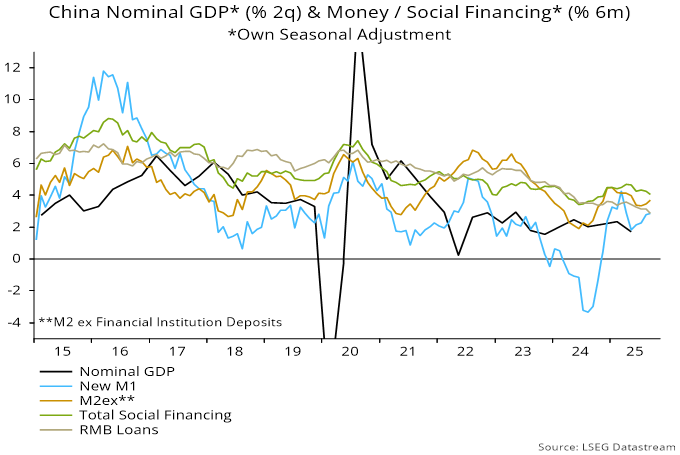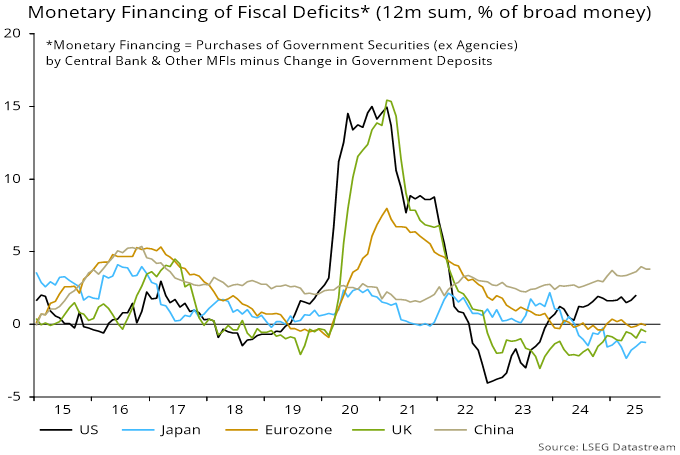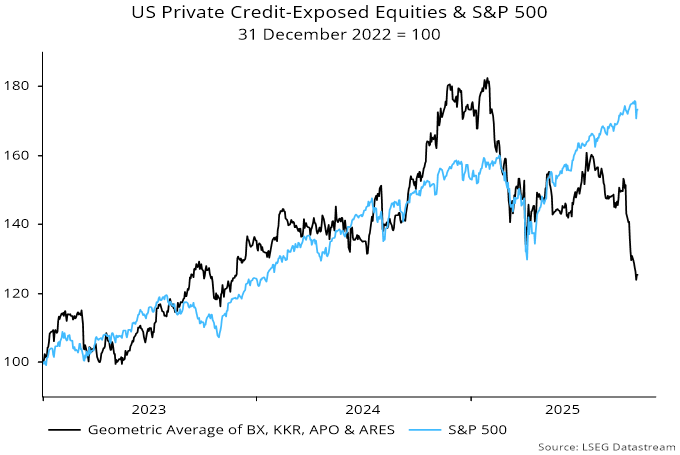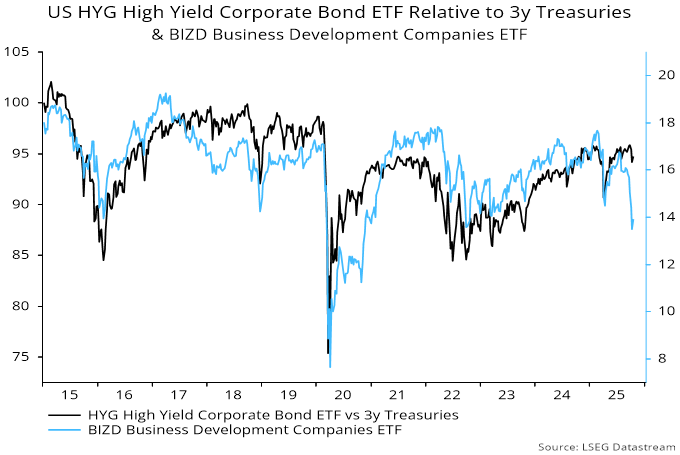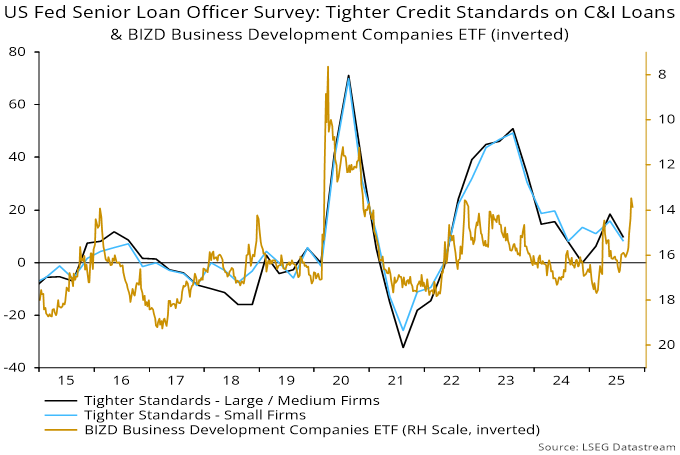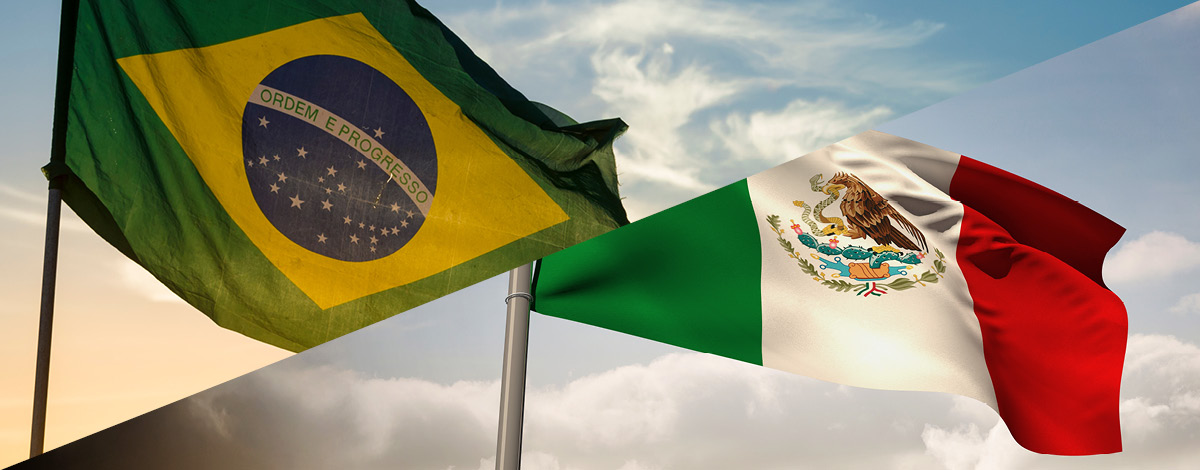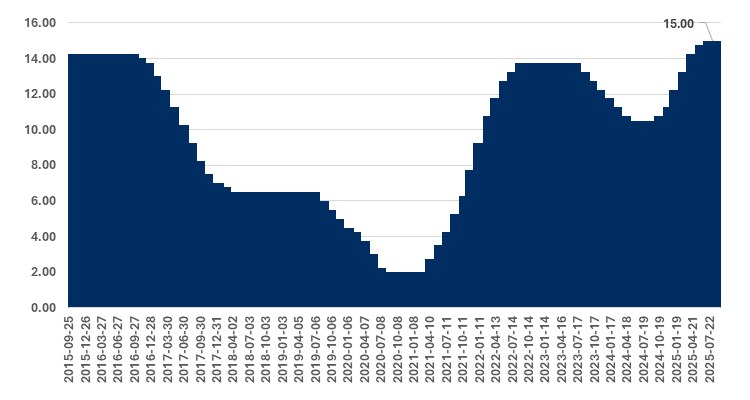
Depuis des décennies, le processus de répartition stratégique de l’actif fournit aux investisseurs institutionnels un cadre de gestion de portefeuille structuré et axé sur les indices de référence. Cette approche, fondée sur la recherche universitaire et la théorie moderne des portefeuilles, a aidé d’innombrables conseils d’administration et comités de placement à aller au-delà de la répartition classique 60 % actions/40 % titres à revenu fixe en faveur d’une composition plus diversifiée.
À l’heure où le monde des placements change, certains des plus grands investisseurs du monde en sont à transformer leurs processus, au profit d’une approche de portefeuille global novatrice qui considère le portefeuille comme une entité unique et dynamique plutôt que comme un ensemble de catégories d’actifs distinctes. Le présent article explore l’évolution des stratégies de composition de l’actif, les avantages et les limites de la répartition stratégique de l’actif, ainsi que les promesses et les défis de l’approche de portefeuille global.
L’évolution des stratégies de répartition de l’actif
La répartition de l’actif des investisseurs institutionnels a connu d’importants changements au fil des ans. Le modèle classique 60/40 a dominé pendant des décennies, jusqu’à ce que David Swensen et Dean Takahashi de l’université Yale opèrent une réorientation vers les placements non traditionnels à la fin des années 1980 et au début des années 1990. En ouvrant la porte au capital-investissement, aux fonds de couverture, à l’immobilier et aux ressources naturelles, ils ont révolutionné la répartition de l’actif et diversifié les portefeuilles au-delà des frontières traditionnelles.
Alors que d’autres institutions sont passées au-delà de la répartition 60/40, le cadre de la répartition stratégique de l’actif est devenu un outil essentiel pour orienter les cibles de répartition de l’actif à long terme, en fonction des objectifs de placement, de la tolérance au risque, des besoins de liquidité et de l’horizon de placement.
Les avancées technologiques et le plus grand accès aux données sont en train de modifier le fonctionnement des marchés financiers et la gestion de portefeuille. Les investisseurs peuvent maintenant mieux comprendre l’incidence de leurs décisions, ce qui permet de gérer les portefeuilles de façon plus dynamique et éclairée – et l’approche de portefeuille global en est le plus récent développement. Elle présente de précieux concepts à tous les investisseurs, même si elle demeure la spécialité des plus grandes institutions mondiales.
L’attrait durable de la répartition stratégique de l’actif
Le processus de répartition stratégique de l’actif est intuitif et constitue une méthode quantitative rigoureuse pour établir la composition de l’actif. Son attrait durable réside dans son accessibilité, où tout investisseur, quelle que soit sa taille, peut l’utiliser. Essentiellement, le processus de répartition stratégique de l’actif vise à accroître la diversification, ce qui peut réduire le risque sans sacrifier les rendements cibles, ou à générer des rendements plus élevés tout en maintenant le risque sous contrôle.
Les premières étapes du processus sont la définition des objectifs de placement, l’horizon de placement, la tolérance au risque et les besoins de liquidités. À partir de ces mesures, les investisseurs analysent le rendement et la volatilité attendus pour déterminer les répartitions potentielles, mais en accordant une priorité générale aux rendements relatifs. La décision finale en matière de répartition de l’actif dépend souvent des catégories d’actif avec lesquelles un conseil d’administration ou un comité de placement est le plus à l’aise.
Une fois les catégories d’actif sélectionnées, la répartition est raffinée. À cette étape, de nouvelles catégories d’actif ou d’autres gestionnaires de placement peuvent être ajoutés au portefeuille. La répartition des catégories d’actif et des gestionnaires peut également être modifiée. Le portefeuille est surveillé en regard de ses objectifs et de ses indices de référence. Il fait donc l’objet d’une vigilance soutenue et est ajusté à mesure qu’évoluent les conditions du marché.
Limites et décalages de la répartition stratégique de l’actif
Même si le cadre de la répartition stratégique de l’actif a résisté à l’épreuve du temps, il n’est pas sans failles. L’une des critiques les plus fréquentes à l’égard de cette approche est le décalage entre la conception de la répartition de l’actif et la sélection des titres par les gestionnaires. Des inefficiences peuvent survenir lorsque ces étapes sont gérées séparément, ce qui réduit les avantages de la diversification. Cette séparation peut également faire en sorte que le profil risque-rendement du portefeuille s’écarte du profil prévu, surtout lorsque l’accent est mis sur le rendement passé lors de la sélection des gestionnaires et l’on fait abstraction du risque.
L’ajout de nouvelles catégories d’actif et de gestionnaires de placement exige habituellement un examen officiel, ce qui ralentit la capacité de réagir à l’évolution des conditions du marché. Les hypothèses relatives aux marchés financiers à long terme guident les décisions de répartition stratégique de l’actif, mais leur fiabilité n’est pas garantie. Selon certaines études, les prévisions de rendement sont souvent inexactes, alors que les prévisions de risque ont tendance à être plus conformes aux résultats réels. Cela donne à penser qu’il peut être plus sage de mettre l’accent sur la gestion du risque plutôt que sur la quête de rendements.
Qu’est-ce qu’une approche de portefeuille global?
Contrairement au modèle de répartition stratégique de l’actif traditionnel, dans le cadre duquel les catégories d’actif sont gérées en vase clos, l’approche de portefeuille global considère le portefeuille comme un ensemble unifié. Chaque décision de placement est évaluée en fonction de son incidence sur le risque et le rendement du portefeuille dans leur ensemble, et une attention particulière est prêtée au risque. Cette approche globale et souple tire parti de l’expertise en matière d’actifs de différentes équipes et permet à ces dernières de réagir rapidement à l’évolution de la dynamique des marchés.
Toutefois, l’adoption d’une approche de portefeuille global n’est pas simplement un changement de processus de placement; il s’agit d’une transformation culturelle. Les organisations doivent aller au-delà de la gestion cloisonnée des catégories d’actif pour adopter un modèle de portefeuille unifié. Cette transformation nécessite des changements audacieux sur le plan de la culture et de la gouvernance. Les conseils d’administration et les comités de placement doivent déléguer une plus grande part de leur pouvoir décisionnel et donner davantage de libertés aux chefs des placements et aux équipes de placement internes. Dans le cadre de l’approche de portefeuille global, la collaboration entre les spécialistes et l’harmonisation des incitatifs sont essentielles au succès du portefeuille dans son ensemble.
Qui mène le bal?
L’approche de portefeuille global a d’abord été adoptée par les plus grands investisseurs du monde, comme l’Australian Future Fund, Investissements RPC au Canada, le New Zealand Superannuation Fund et GIC, le fonds d’investissement souverain de Singapour. Ces institutions ont l’envergure nécessaire pour intégrer des équipes de placement et créer les environnements de collaboration nécessaires à la mise en œuvre d’une approche de portefeuille global. La philosophie de l’approche de portefeuille global a commencé à prendre forme officiellement vers 2006. Ses origines remontent toutefois plus loin, notamment au début des années 1990 lorsque Bob Hamje, chef des placements de TRW, a délaissé les mandats individuels au profit du rendement total des portefeuilles, récompensant ainsi les gestionnaires pour leur collaboration et leur succès global.
Répartition stratégique de l’actif et approche de portefeuille global : perspective comparative
Le tableau ci-dessous présente les principales différences entre la répartition stratégique de l’actif et l’approche de portefeuille global :
| Caractéristique |
Répartition stratégique de l’actif (RSA) |
Approche axée sur le « portefeuille total » (APT) |
| Rendement évalué par rapport à : |
Indices de référence des catégories d’actif |
Objectifs du fonds et portefeuille de référence |
| Le succès est mesuré comme suit : |
Valeur ajoutée relative |
Rendement total du fonds |
| Les occasions de placement sont définies comme suit : |
Catégories d’actif |
Contribution au rendement total du portefeuille |
| Diversification obtenue grâce à : |
Catégories d’actif |
Facteurs de risque |
| Répartition de l’actif déterminée par : |
Processus axé sur le conseil d’administration |
Processus axé sur le chef des placements |
| Portefeuille mis en œuvre par : |
Plusieurs équipes, qui se disputent des capitaux |
Une équipe qui collabore entre les différentes stratégies |
Source : Thinking Ahead Institute
Le passage de la répartition stratégique de l’actif à l’approche de portefeuille global représente une transformation importante. Dans le cadre de la répartition stratégique de l’actif, le succès est déterminé en fonction du rendement obtenu par rapport à un indice de référence global, qui correspond à la moyenne pondérée des indices de référence de chaque catégorie d’actif. En revanche, l’approche de portefeuille global mesure le succès par rapport aux objectifs du fonds, habituellement en fonction d’un portefeuille de référence.
Pour ce qui est de la répartition stratégique de l’actif, chaque catégorie d’actif est choisie en fonction de son rôle dans l’atteinte des objectifs en matière de rendement, de risque, de diversification et de liquidité. En ce qui concerne l’approche de portefeuille global, on tente avant tout de saisir la façon dont chaque occasion de placement contribue au résultat global du portefeuille. De plus, les facteurs et les primes de risque guident à la fois la manière dont est élaborée la stratégie et sont déterminés les résultats. Cette approche permet d’effectuer des simulations de crise plus robustes dans différents régimes macroéconomiques, ce qui permet de mieux cerner la résilience d’un portefeuille.
Le changement le plus important lié à l’approche de portefeuille global est probablement celui apporté à la culture et à la gouvernance. Le processus décisionnel n’est plus principalement du ressort du conseil d’administration, mais plutôt du chef des placements et de l’équipe de placement, ce qui favorise la collaboration et la responsabilité à l’égard des résultats globaux du portefeuille.
Les défis de l’approche de portefeuille global
Bien que l’attrait de l’approche de portefeuille global soit évident, la mise en œuvre de cette stratégie peut être difficile. Les défis ne sont pas seulement de nature technique, mais ils ont aussi trait à la culture et à la gouvernance. L’approche de portefeuille global confère au chef des placements un plus grand pouvoir discrétionnaire en matière de placement, ce qui ouvre la voie à une gestion de portefeuille plus dynamique. De nombreux fonds qui adoptent l’approche de portefeuille global utilisent, en guise de référence supplémentaire, un portefeuille généralement composé d’actions et de titres à revenu fixe. Cette méthode peut toutefois donner lieu à un raisonnement erroné et à des préoccupations mal fondées si le portefeuille plus diversifié qui se fonde sur l’approche de portefeuille global est devancé par le portefeuille de référence à court terme.
L’approche de portefeuille global exige également d’importants investissements dans les données et les infrastructures aux fins de l’analyse du risque, ce qui complique la tâche des petits fonds. De plus, l’évaluation de l’apport des gestionnaires individuels devient plus nuancée. Dans le cadre de l’approche de portefeuille global, le succès est mesuré en fonction de l’incidence sur les résultats globaux du portefeuille plutôt que par rapport aux indices de référence des catégories d’actif. Il est donc plus difficile d’évaluer l’apport de chaque personne ou de chaque équipe.
Leçons pratiques pour tous les investisseurs
L’approche de portefeuille global complète est hors de la portée de la plupart des investisseurs, mais certains de ses aspects peuvent renforcer la prise de décisions et améliorer les résultats, notamment :
- La reformulation des objectifs pour mettre l’accent sur les résultats globaux du portefeuille et accorder moins d’importance aux rendements relatifs;
- Une plus grande souplesse en matière de placement grâce à la formation sur la gouvernance, en vue de faire appel au conseil au début du processus d’examen afin qu’il soit à l’aise avec un plus vaste éventail de placements;
- L’accent mis sur les prévisions relatives au risque plutôt qu’au rendement, car les données donnent à penser que les prévisions de risque ont tendance à être plus fiables que les prévisions de rendement;
- L’amélioration du processus de mise en œuvre au moyen de portefeuilles complémentaires afin que le portefeuille global garde le cap sur ses objectifs à long terme.
Conclusion
Même si l’approche de portefeuille global a été adoptée par les fonds de plus grande envergure jusqu’à maintenant, les leçons qu’on peut en tirer sont pertinentes pour tous les investisseurs. L’accent mis sur le risque, l’arrimage aux objectifs à long terme et une gouvernance plus souple ouvrent la voie à une façon plus durable et réactive de gérer les portefeuilles.
Même si les petits investisseurs ne peuvent trouver leur compte dans une approche de portefeuille global complète aujourd’hui, il s’avère très utile d’adopter certains éléments d’une telle stratégie et d’intégrer sa philosophie dans les discussions du conseil d’administration ainsi que les processus de répartition de l’actif au fil du temps.

